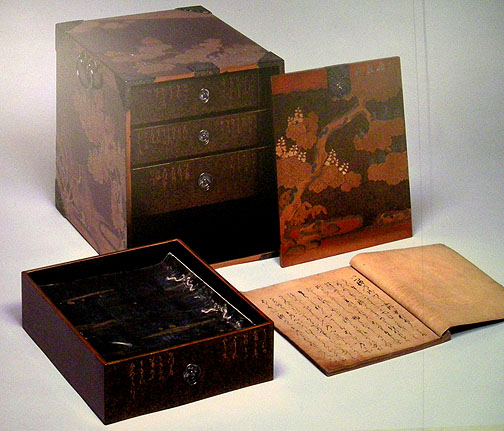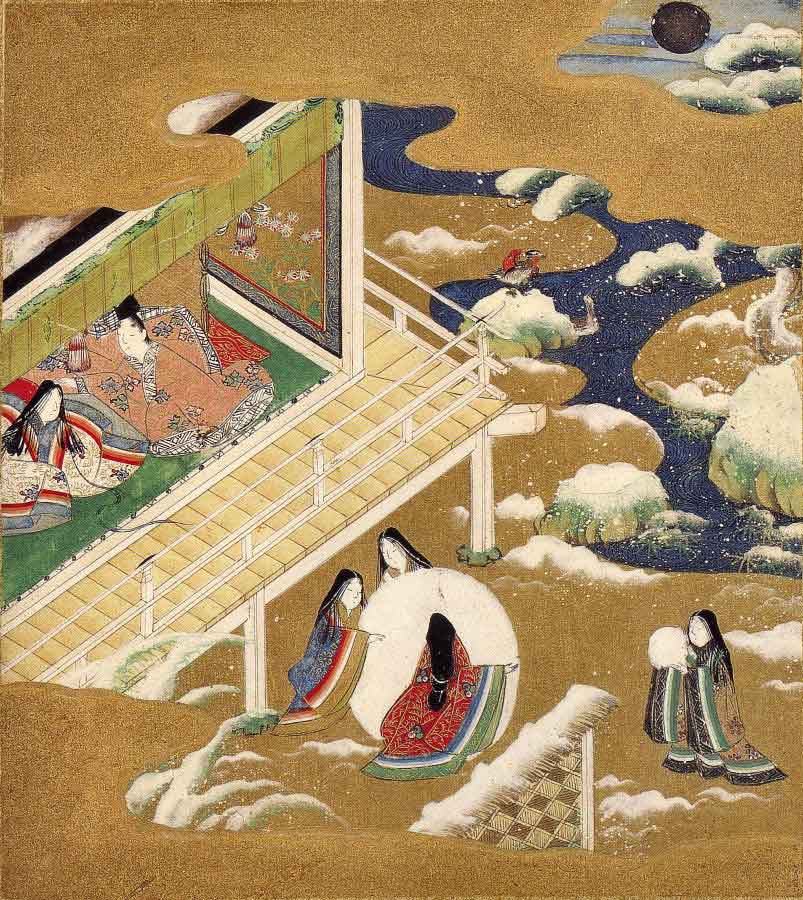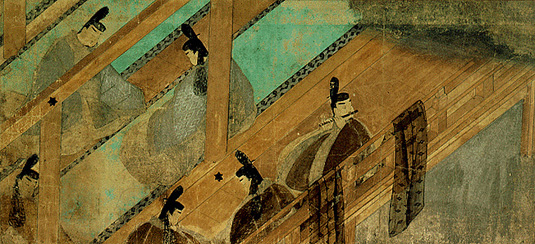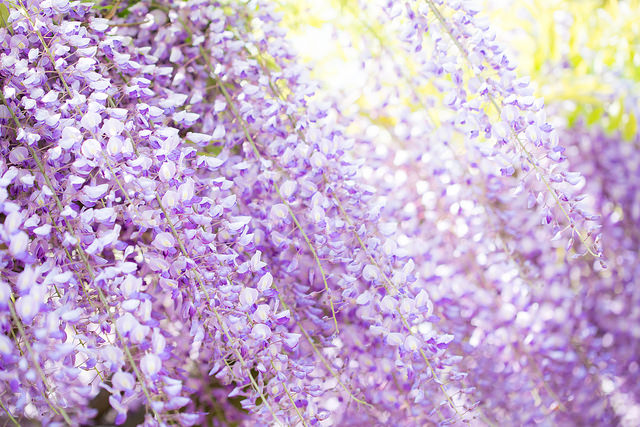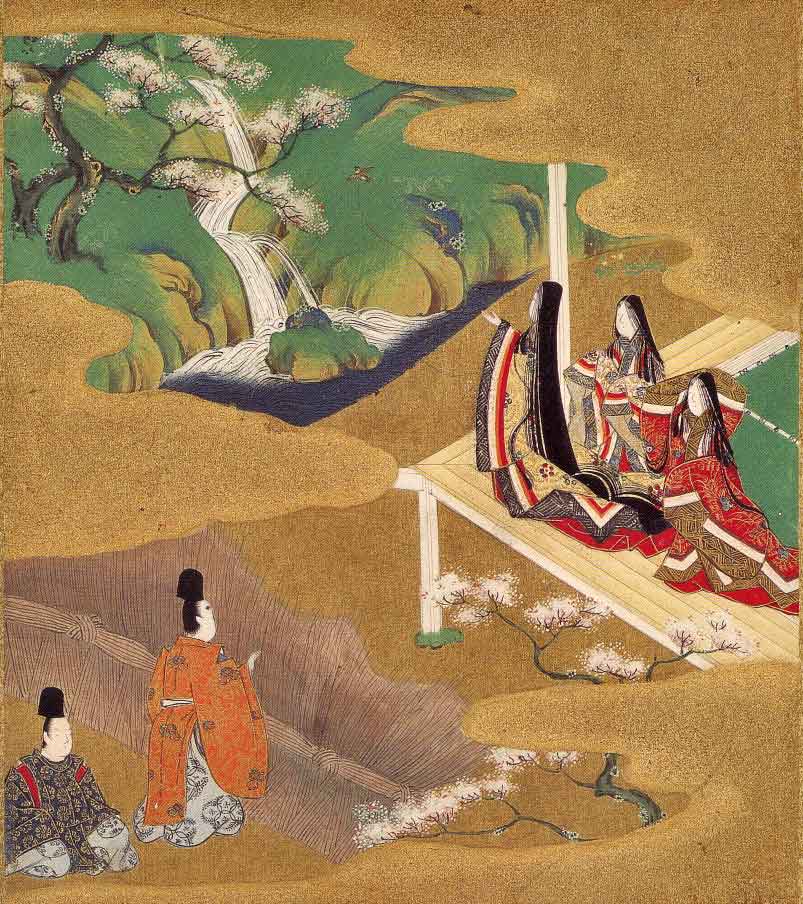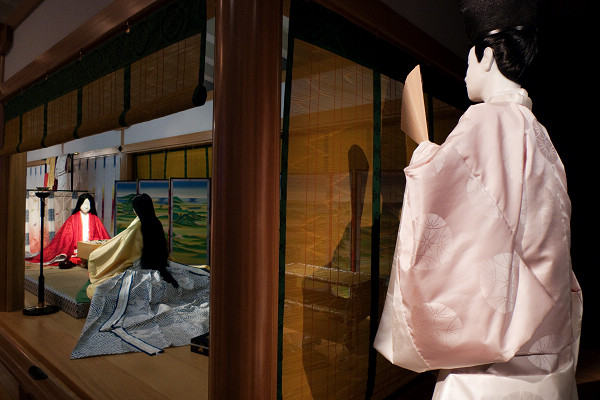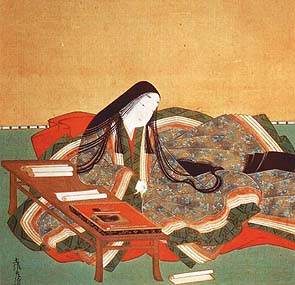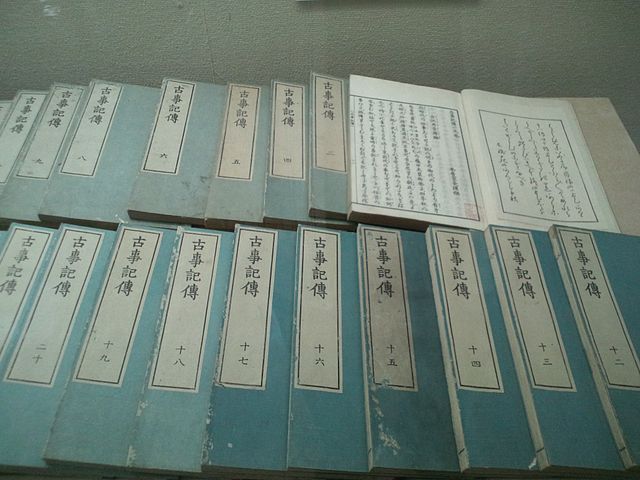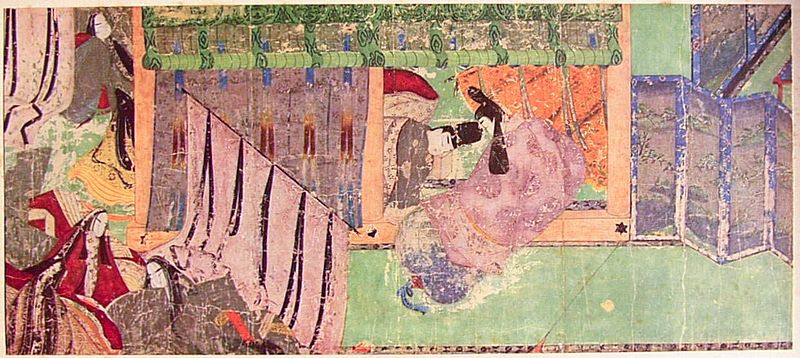
14 Facts About the Tale of Genji You Probably Didn’t Know
The oldest story in Japan is The Tale of Genji, called “Genji Monogatari” in Japanese. It is mandatory to study this piece of literature in most Japanese high schools. But what is it about? Here is a brief guide to enlighten you on The Tale of Genji, including a bit about the supposed author Murasaki Shikibu and Genji’s backstory!
This post may contain affiliate links. If you buy through them, we may earn a commission at no additional cost to you.
The Tale of Genji (源氏物語) has been adapted into many forms of media, from dramas to movies to anime. But what exactly is it? Here are 12 facts to enlighten you on the Tale of Genji!
1. It is the oldest story in Japan.
Genji1000nenki/Wikimedia CommonsIt is said that it was established during the middle of the Heian period. The first copy was found in 1008. Any kind of literature back then was copied by hand, so it's hard to point out which is the original copy. These copies are called shahon (写本).
2. It consists of 54 scrolls.
Romanmi/Wikimedia CommonsThis theory was made from deducing the scatters of scrolls and literature all around Japan. Some researchers say differently, but in general, it is said that the Tale of Genji consists of 54 scrolls. Each scroll tells a story based on the main character, Hikaru Genji (光源氏).
Our Top Tips
JR Pass for Whole Japan
Explore Japan in the most convenient and economical way with a Japan Rail Pass! It is valid for the majority of railways and local buses operated by JR.
3. It consists of a million words.
4. The story is about the rise and fall, and the very dramatic love life of a royal called Hikaru Genji (光源氏).
Gryffindor/Wikimedia CommonsHikaru (光) means light, and Genji (源氏) is one of the surnames of the royalty. It is said in the story that Hikaru Genji was so beautiful he looked like he was shining. The story follows his and his descendants' fate and often, their very dramatic love lives.
5. Hikaru Genji's mother died when he was 3 from being bullied by other lovers.
Now, there's a need to explain how the palace worked back then in the Heian period. The most powerful person in the royal palace is the Tennou (天皇). The Tennou had several lovers who were often daughters of the aristocrats that worked at the palace. By having children with these daughters, the Tennou ensured the future of the daughter's family.
However, the Tennou, called Kiritsubo Tei (桐壷帝), fell in love too deeply with Hikaru Genji's mother, Kiritsubono Koui (桐壷更衣). He didn't show his face to his other lovers. This meant disrespect to both the daughters and their families. The fact that Kiritsubono Koui's family wasn't high in the social rank didn't buy them sympathy either. The lovers bullied her hard. For example, they made their servants leave pieces of human feces in the corridors where she would be walking.
6. Hikaru Genji had an affair with his step mother who looked like his birth mother.
Norio NAKAYAMA/Wikimedia CommonsYou're right to cringe at the sentence, but that's what happened. After Kiritsubono Koui passed away, the Kiritsubo Tei was deeply depressed. However, he found a woman, Fujitsubo no Chuuguu (藤壺中宮), who looked just exactly like her, and makes her his lover. This happened when Hikaru Genji was 18. He and Fujitsubo no Chuuguu were 5 years apart. They had an affair, and she got pregnant and gave birth to a child.
7. Hikaru Genji finds a child who looked like Fujitsubo no Chuuguu, and makes her his wife.
Dennis H./Wikimedia CommonsIt is not certain how old she was when Hikaru Genji laid his eyes on her, but it is said she was around the age of 8 to 10 years old. This child is called Murasaki no Kimi (紫の君), and later on called Murasaki no Ue (紫の上). She was the niece to Fujitsubo, so no wonder they looked alike. So Hikaru Genji had an affair with a woman who looked like his mother, and eventually takes a child who looked like his mother to be his wife. The word mommy issues doesn't cover up how wrong this situation is, but this is what happened!
8. Genji had 8 main love interests.
annintofu/FlickrThe names are: Fujitsubo no Chuuguu (藤壺中宮), Aoi no Ue (葵の上), Rokujyou no Miyasundokoro (六条御息所), Murasaki no Ue (紫の上), Akashi no Onkata (明石の御方), Suetsumu Hana (末摘花), Utsusemi (空蝉), and Onna Sannno Miya (女三宮). As you can see from the topics above, a lot of drama happens between these women and Genji.
9. To give you a glimpse of the drama, here's a image of a correlation diagram among the characters.
The white are male, the pink female, and the bolded middle is Hikaru Genji. The single lines are affairs, and the double lines are marriages. The lines that part in the middle of the horizontal lines are their children.
10. The author of this masterpiece is Murasaki Shikibu (紫式部).
Gryffindor/Wikimedia CommonsSince there was no author name written in the pieces, there are multiple theories who the author is. But the strongest theory so far is that the author is Murasaki Shikibu.
11. Murasaki Shikibu was a very talented woman who served in the royal palace.
Yanajin33/Wikimedia CommonsShe served Fujiwara no Shoushi (藤原彰子), who was one of the lovers of the Tennou at the time, Ichijyou Tennou (一条天皇). She was fluent in classical Chinese writing, which was unthinkable back then, since only men learned it. She was also a talented Waka poet. Her other works are "Murasaki Shikibu Nikki" (紫式部日記), which is an evaluation of the people in the royal palace back then.
12. The Tale of Genji is translated into many languages.
Since it is written in classical Japanese, it is translated in modern Japanese by many famous authors, such as Akiko Yosasno (与謝野晶子) and Jyunichirou Tanizaki (谷崎潤一郎). Then it was translated into English, French, Italian, Spanish, Dutch, Swedish, German, Russian, Finnish, Czech, Chinese and Korean.
13. The Tale of Genji has fanfiction.
Ismoon/Wikimedia CommonsFor those who aren't familiar with the term fanfiction: fanfiction is a form of literature where the fans of the original work write secondary tales of it, such as sequels, or what happened behind the scenes. The oldest fanfiction dates back to Kamakura era.
14. The Tale of Genji is adapted into many media forms.
These adaptations span manga, movies, TV shows, anime, theater, Kabuki, Noh, and traditional Japanese music. A famous manga adaptation would be Asaki Yumenishi (あさきゆめにし), which is shown in the image above, and is actually recommended reading material whilst studying The Tale of Genji in school. (That's what happened in my school).
The information in this article is accurate at the time of publication.

